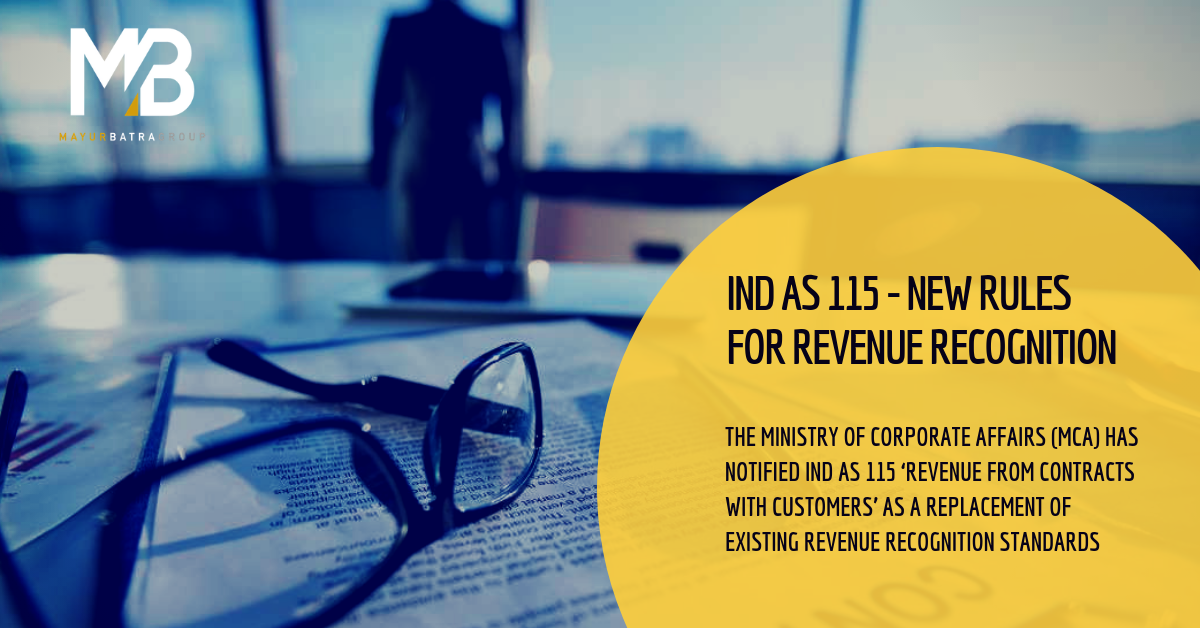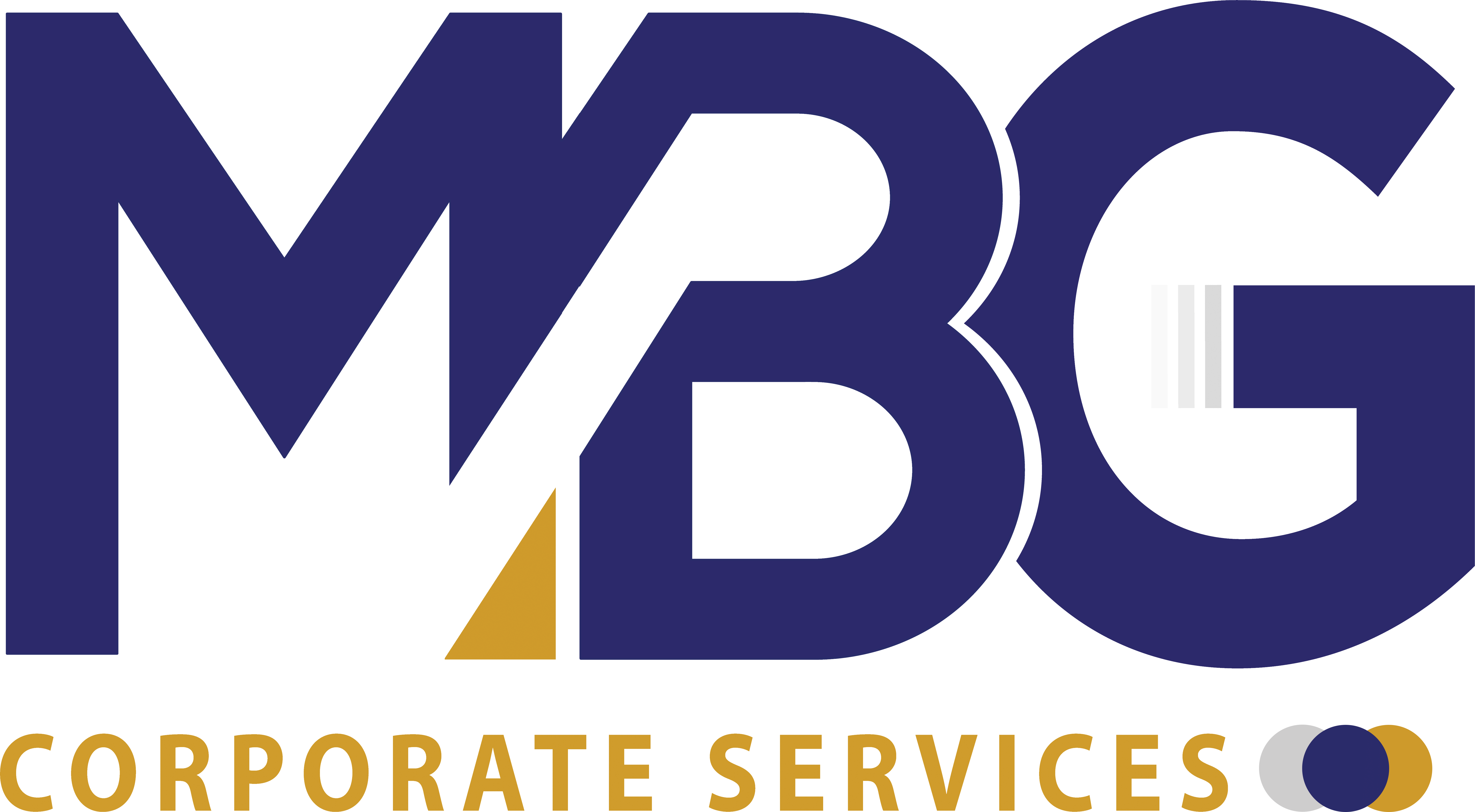Introduction and objective
To align the revenue recognition criteria under Ind AS with the global standards on Revenue Recognition e.g. IFRS 15 and ACS 606 under US GAAP, the Ministry of Corporate Affairs (MCA) has notified Ind AS 115 ‘Revenue from Contracts with Customers’ as a replacement of existing revenue recognition standards i.e. Ind AS 11, ‘Construction Contracts’ and Ind AS 18, ‘Revenue recognition’. This new standard provides comprehensive guidance on various areas such as multiple element arrangements, variable considerations, licensing of intellectual property, etc., which will help reduce the scope for interpretation and improve disclosures about revenue recognition for users of financial statements.
Key Change – transfer of control vs. transfer of risk and rewards
The focus under this new standard has been shifted from the transfer of risk and reward as was required under the existing principles of Ind AS to transfer of control over goods and service. A customer obtains control when it has the ability to direct the use of and obtain the benefits from the good or service. Entities are required to apply the new guidance to determine whether revenue should be recognized ‘over time’ or ‘at a point in time’. Under this Ind AS the companies first have to determine whether the control is transferred over time, if the answer to this question is negative only then the revenue will be recognized at a point in time.
Timing and amount of revenue recognition
To determine the timing and the amount of revenue to be recognized as the transfer of control over goods and services to a customer,
The Five Step Control Model has been prescribed:
| Steps |
Guidance |
| Step 1: Identify the Contract with the Customer |
Under the Ind AS 115, entities can identify the revenue arising out of the contract with its customer. The contract needs to create an enforceable right and obligation between both the parties and can be written, oral or implied by an entity’s business practices. |
| Step 2 : Identifying performance Obligations |
A performance obligation is a promise in a contract with a customer to transfer either:
(a) a good or service that is distinct;
(b) a series of distinct goods or services that are substantially the same and have the same pattern of transfer to the customer. |
| Step 3: Determine the Transaction Price |
An entity needs to contemplate the terms of the contract and its business practices to determine the transaction price. The transaction price is the amount of consideration an entity expects to be entitled in exchange for transferring promised goods or services to a customer. |
| Step 4 : Allocating Transaction Price to Separate performance obligation. |
Entities are required to allocate the transaction price to each performance obligation in proportion to its stand-alone selling price i.e., the price at which an entity would sell the promised good or service separately to a customer. |
| Step 5: Recognize Revenue when (or as) performance obligation is satisfied. |
As per the new standard, revenue may be recognized either at a point in time or over a period of time. Control refers to the customer’s ability to direct the use of and obtain the necessary benefits from the asset, i.e., the promised services.
|
Transition Consideration
An entity may choose to apply any one of the following approaches to apply the requirement of Ind AS 115:
- Full retrospective application: The entity can apply the requirements of Ind AS 115 retrospectively and accordingly, the entity shall adjust the opening balance of equity and the other comparative amounts disclosed for each prior period presented as if the requirements of Ind AS 115 had always been applied.
- Retrospective application with practical expedients: Under this approach, an entity will comply all the requirement of full retrospective application except for certain practical expedients.
- Cumulative catch-up application: Under this approach, the entity recognizes the cumulative effect of initially applying this Standard as an adjustment to the opening balance of retained earnings/other components of the equity of the accounting period that includes the date of initial application.
- Cumulative catch-up application with practical expedients: Under this approach, an entity will comply all the requirement of cumulative catch-up application except for certain practical expedients.
Impact of newly introduced IND AS 115
Ind AS 115 is expected to influence the revenue recognition in almost all companies in India, though the extent of impact could vary depending on the industry sector to which the Company belongs. The Sectors which are mainly impacted by Ind AS 115 with the key impacting areas are as under:
- Real Estate
- Recognition of revenue over time is permitted if certain conditions are fulfilled. In other cases, revenue will need to be recognized at a point in time.
- Recognition of revenue for bundled promises like the sale of land, construction of flats, car parks, club membership, and other amenities.
- Accounting for variable consideration like awards or incentive payments, performance bonus, claims, liquidated damages and variation.
- Software and Technology
- Timing of recognition of revenue could be different where the license provides right to access IP as it exists throughout the license period as compared to the right to use IP as it exists at a point in time at which the license is granted.
- Identifying separate performance obligation like the sale of hardware, softwares, installation services, upgrades and customer support, allocation transaction price between these performance obligations and recognizing revenue for separate performance obligations.
- Consumer and Industrial Products
- Accounting for variable consideration like discounts, rebates, returns, price concessions, incentives, performance bonus, etc.
- Accounting for option to acquire additional goods and services free of charge or at discounted prices.
Source :
Member’s Journal issued by ICAI
Last Updated: 15th January 2019
This article is contributed by:
Aditi Maheshwari
Article Assistant, Audit





